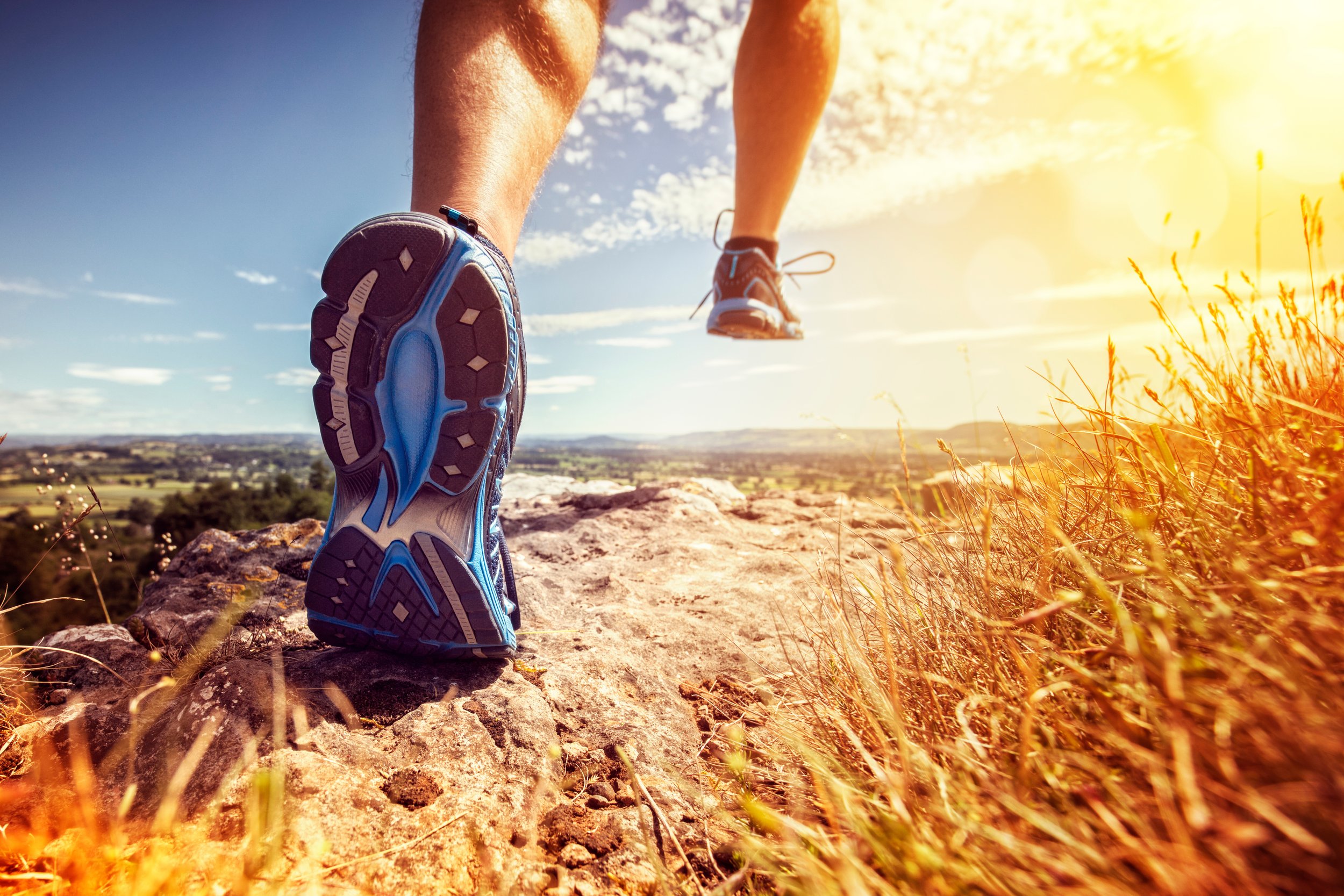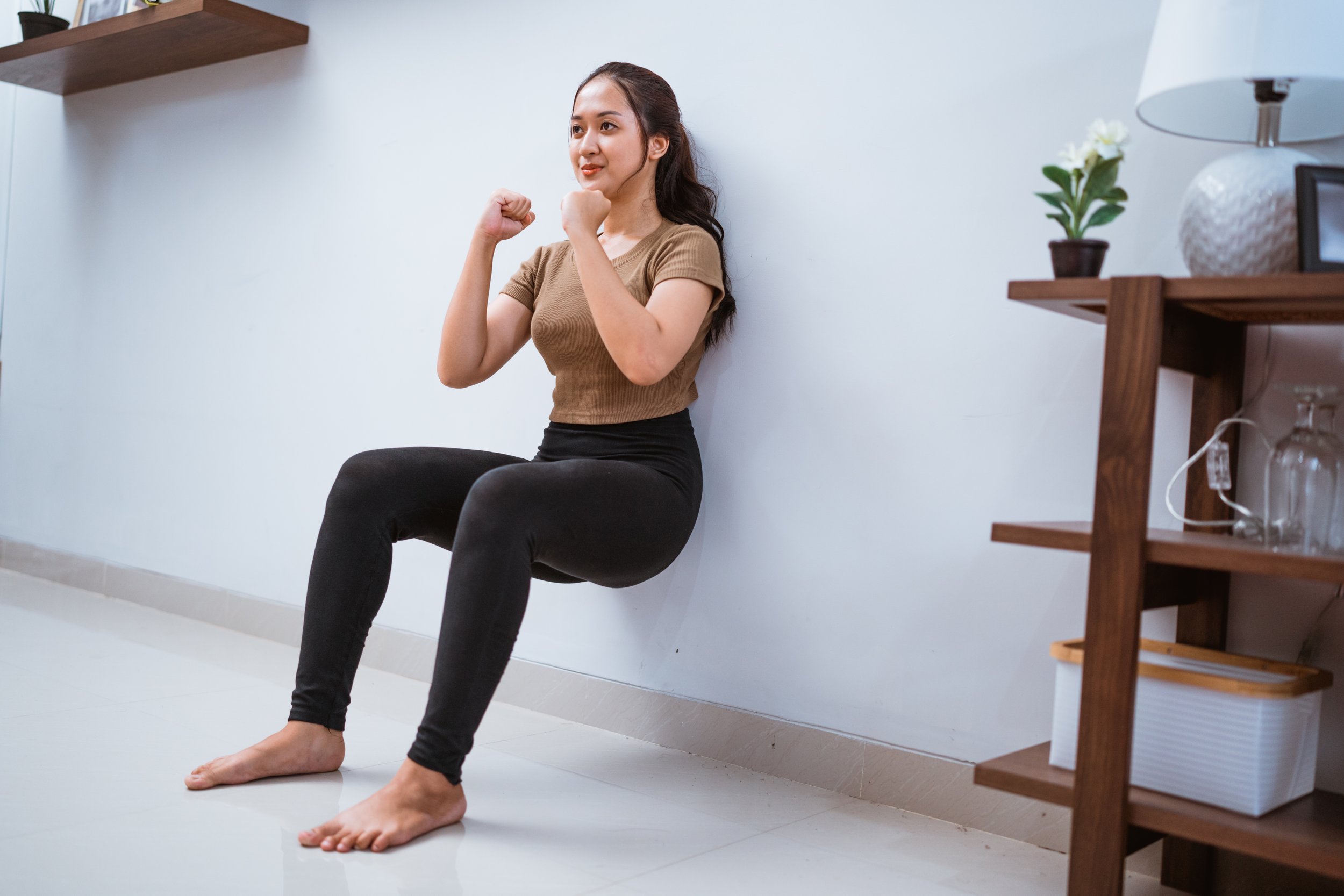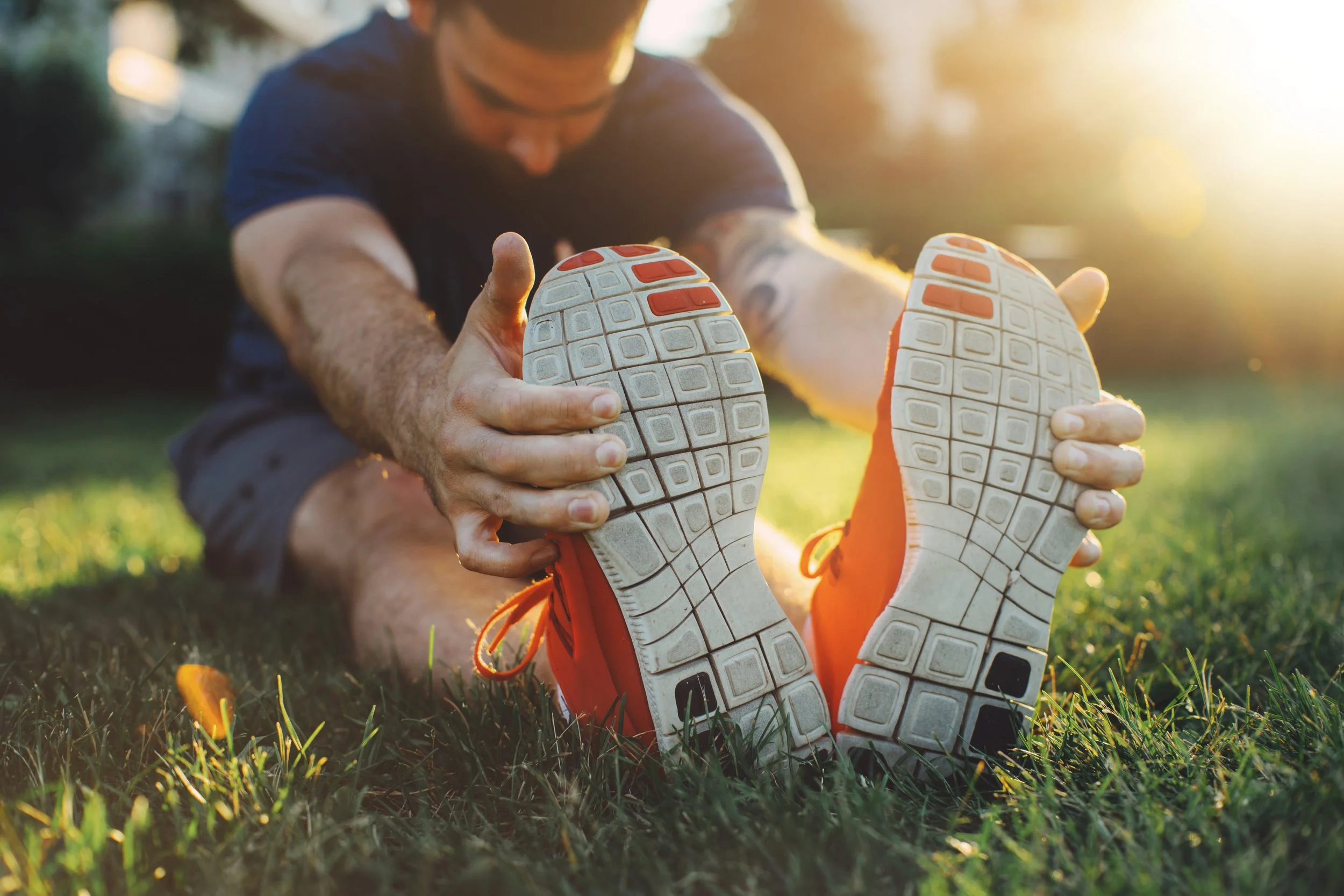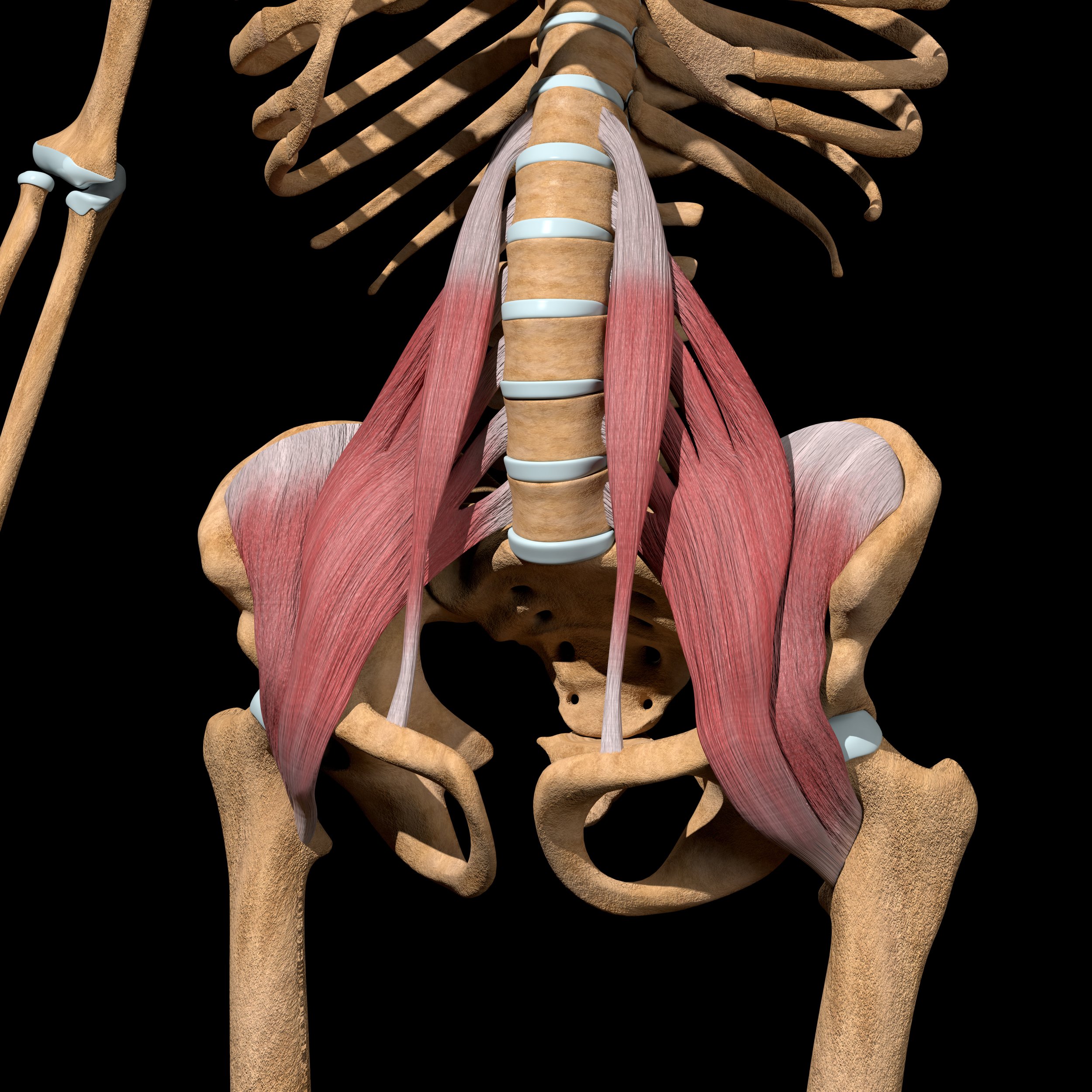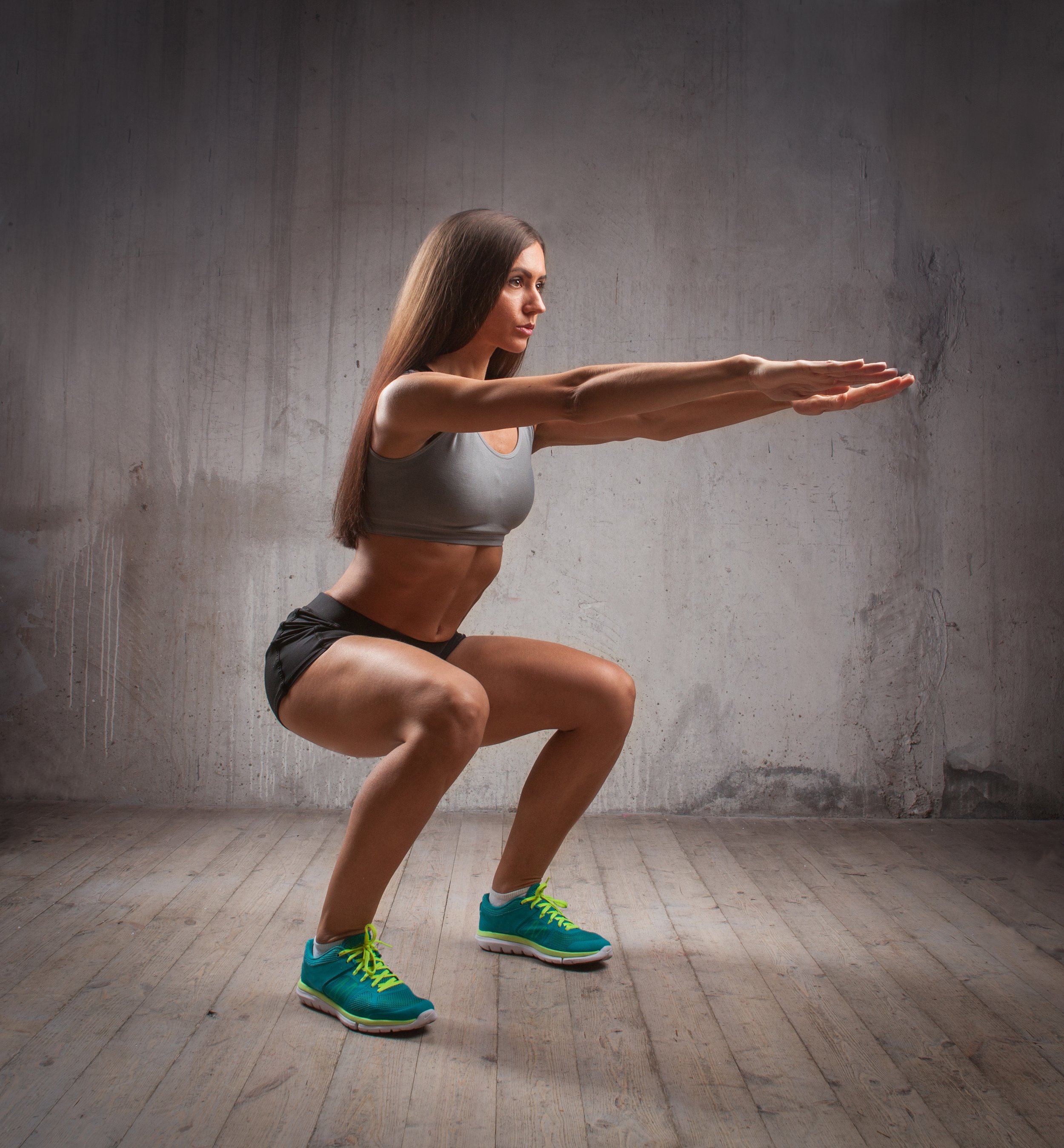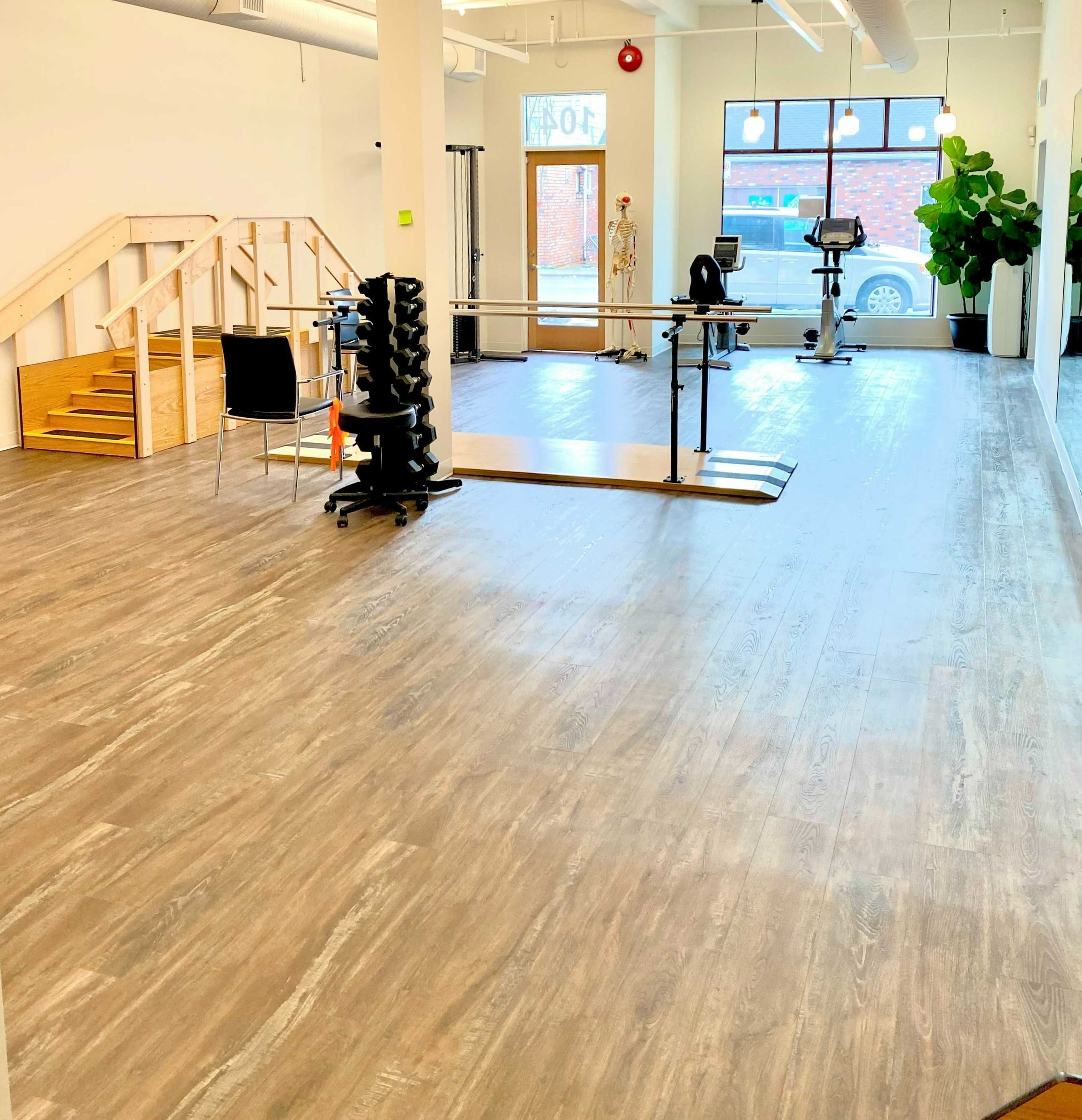If you’ve ever been a runner, you probably know this feeling: the weather is getting nicer, sun is coming out again, so you decide to pull out the running shoes and head out for a run.
If you’re anything like me, you probably think, “how bad can it be? I’ll just run the same distance as I used to, aim for the same pace, and everything will be fine!”. Unfortunately, this isn’t always how it works.
Jumping right back into running can often lead to injuries, including a bruised ego when you realize how hard it is to run at your old pace (trust me, I’ve learned this the hard way). In this blog, we are going to talk about a few tips on how to get back into running in a safe and productive manner.
Kheya’s Top Five Tips To Getting Back to Running
1. Make A Plan and Start Slow
The first tip to getting back into running is to make a plan. How often are you going to run? For how long? Do you have an end goal in mind for how long you would like to be able to run? When making your pain, consider the following:
Frequency - aim for 3 times per week max. This will allow you to have at least one rest day between each of your runs to give your body the appropriate amount of time to recover, as well as time to add in some strength training.
Pace - start slow! I often recommend to my clients to start with a walk/jog mix, then slowly decreasing your walking time and increasing your running time. For example, this might look like walking for 2 minutes, then running for 1 minute the first week, and then increasing to 1 minute and 30s walk and 1 minute and 30s run the next week, 1 minute walk, 2 minutes run the following week, and so forth. Continue this until you can keep up a slow running pace for your whole run!
Time/ distance - start small and add a little bit of time each week. This is going to be very dependent on your current fitness but beginning with 10-20 minutes and slowly working your way up is a great place to start. Once you get comfortable with this time, you can start adding 5 minutes to your run each week. You can also track this with distance (for example, starting with 1-3km run and adding 0.5km each week).
Setting a goal: having a goal distance in mind is a great way to keep yourself motivated when getting back into running. Goals should be SMART (specific, measurable, achievable, relevant, and time-bound). This means you should set a clear distance you would like to run in a clear within a reasonable time frame. A great example would be “I am going to run 3 x per week, beginning with a 2km run and increasing by 0.5km each week, with a goal of being able to run 5km in 6 weeks”.
2. Train Smarter, Not Harder
Up until this point, we’ve only been talking about your basic steady run. However, just doing a simple base pace run isn’t always the most effective way to improve your running. When setting up a running schedule, it is great to break up your runs into different types. For example, you could split up your week into doing one long run, one run with sprint intervals, and one recovery run. You could even investigate different types of runs such as hill runs, Fartlek running, or tempo runs.
Here’s an example:
Monday: 25 minutes of sprint intervals, 20s sprint, 2 minutes of walking/jogging
Wednesday: Recovery run (3km at a slower pace than typical)
Saturday: Long run (8km at your base pace)
3. Have A Proper Warm Up and Cool Down Routine
A warm up that focuses on mobility and activating the muscles you are going to be using during a run is important. I would then start your run with a fast walk or very slow job for 5-10 minutes, before transitioning into your faster running pace. For a cool down, I would recommend doing a light walk at the end of your run, to help transition your body as your heart rate slows down, followed by some light stretching. Remember, a proper routine also includes proper nutrition and rehydrating!
4. Keep Up With Your Strength Training
Strength training is very important for preventing injuries as well as increasing your running speed and efficiency. If you decide to totally transition into running without keeping up with your other workouts, you are going to be missing out big time! Aim for 2-3 days a week of strength training.
5. Invest In The Proper Shoes
Fun fact: did you know runners should be replaced every ~800 kilometers? Running shoes are the foundation of your performance and having improper shoes can impact your running gait, posture, and cause a whole array of problems. I would strongly recommend going to a proper running store like the Run Inn and have someone assess your foot and gait and recommend proper shoes for you. I promise, paying the price to have proper shoes is well worth it in the long run!
I hope you enjoyed these tips on getting back into running! If you have any questions, give us a call at (778) 630-8800, email us or book online to seek advice/treatment from a physiotherapist or to work with a registered kinesiologist.


